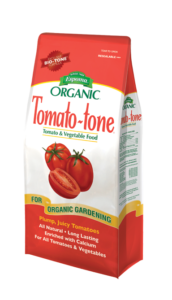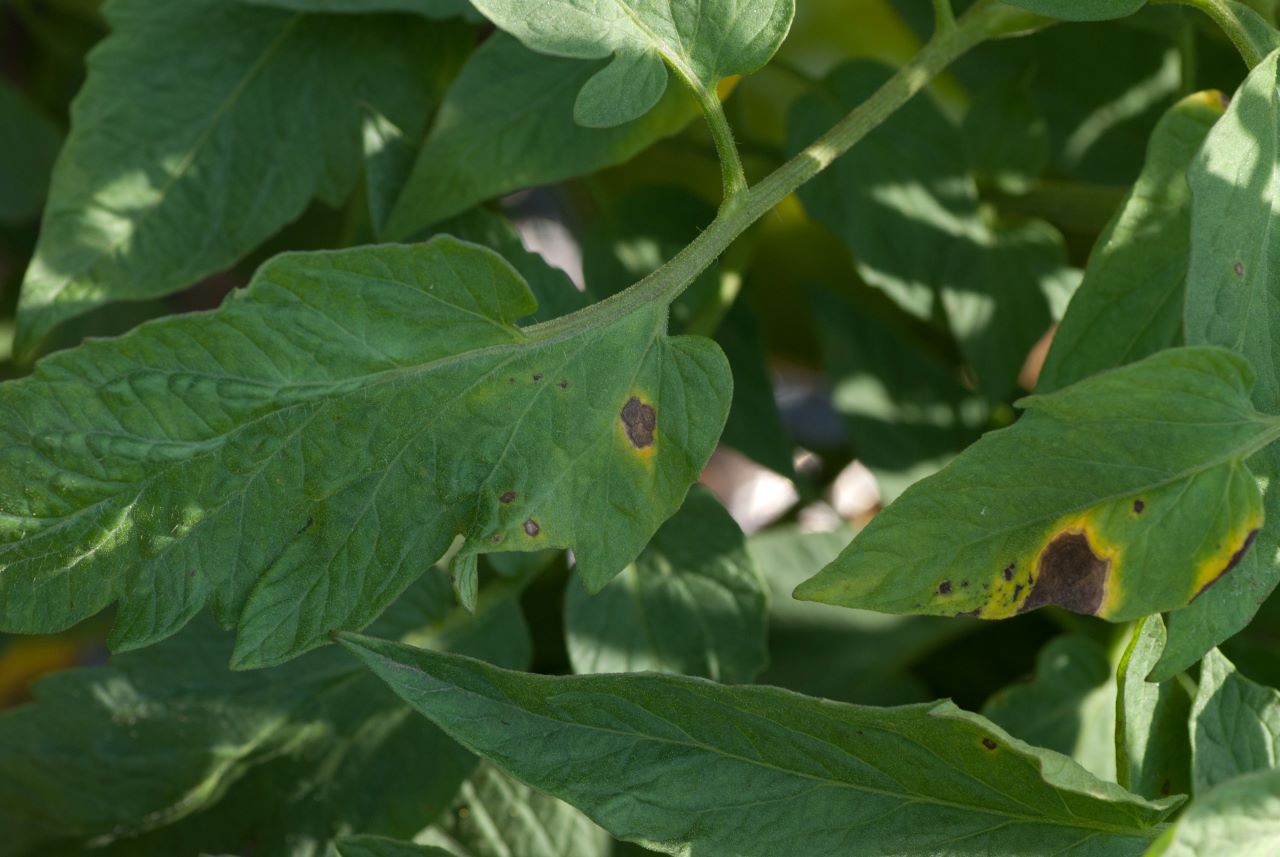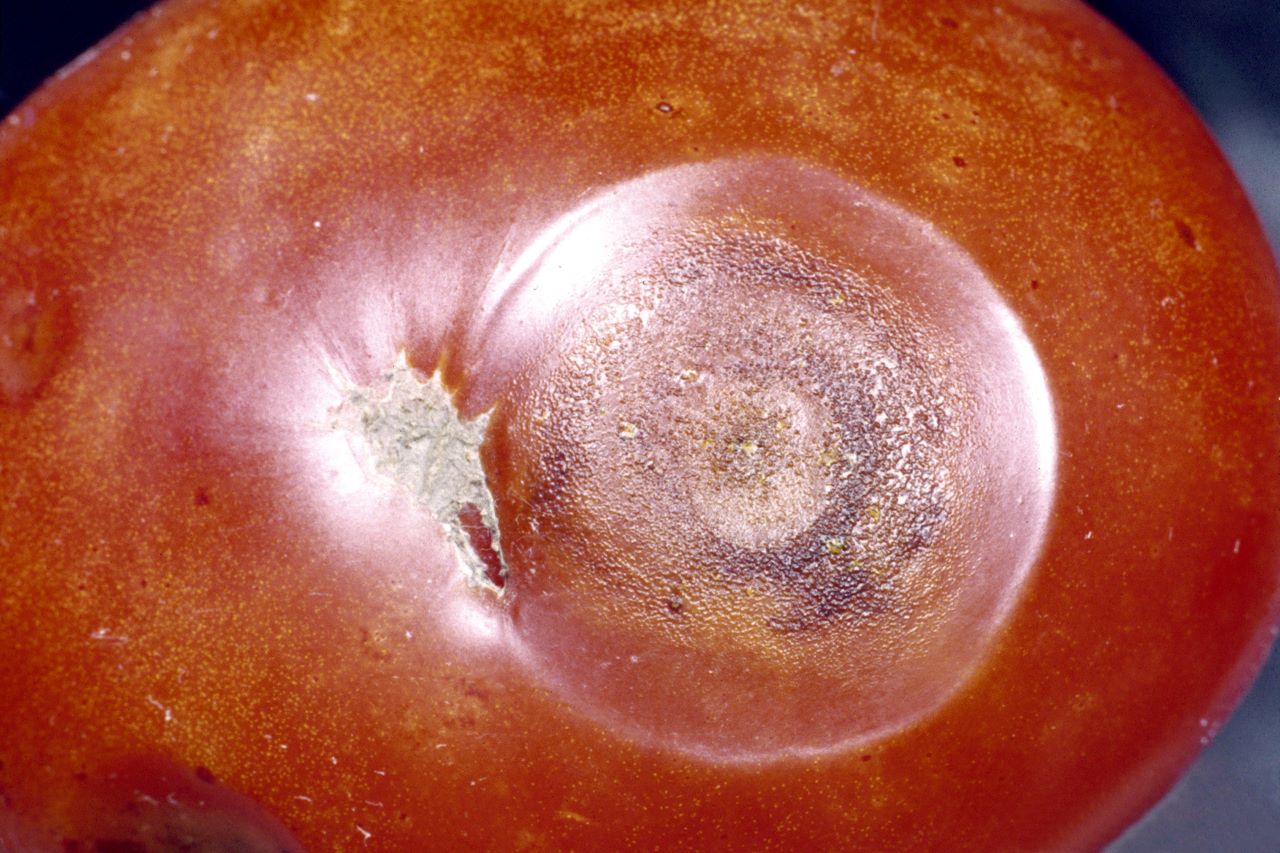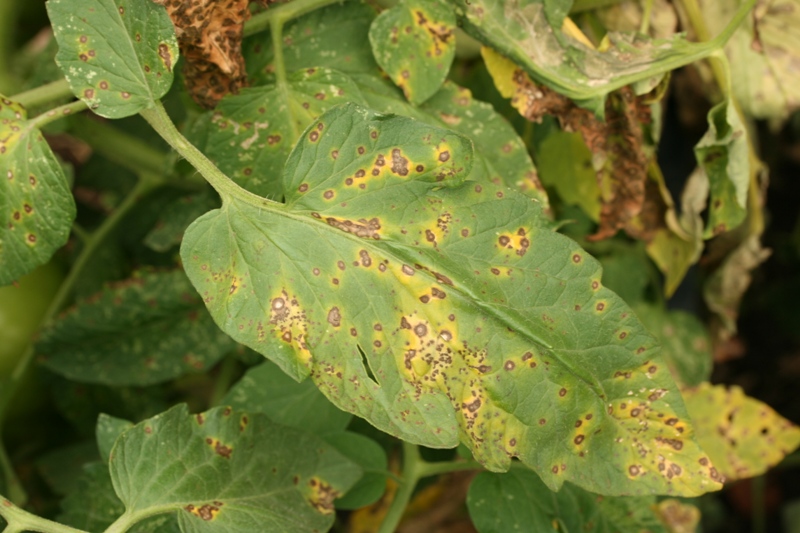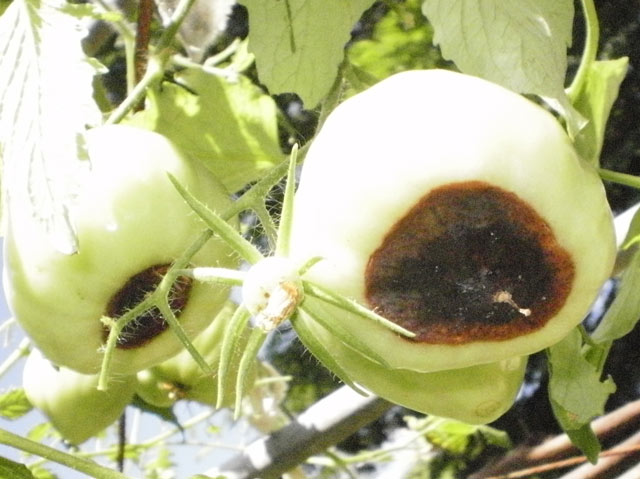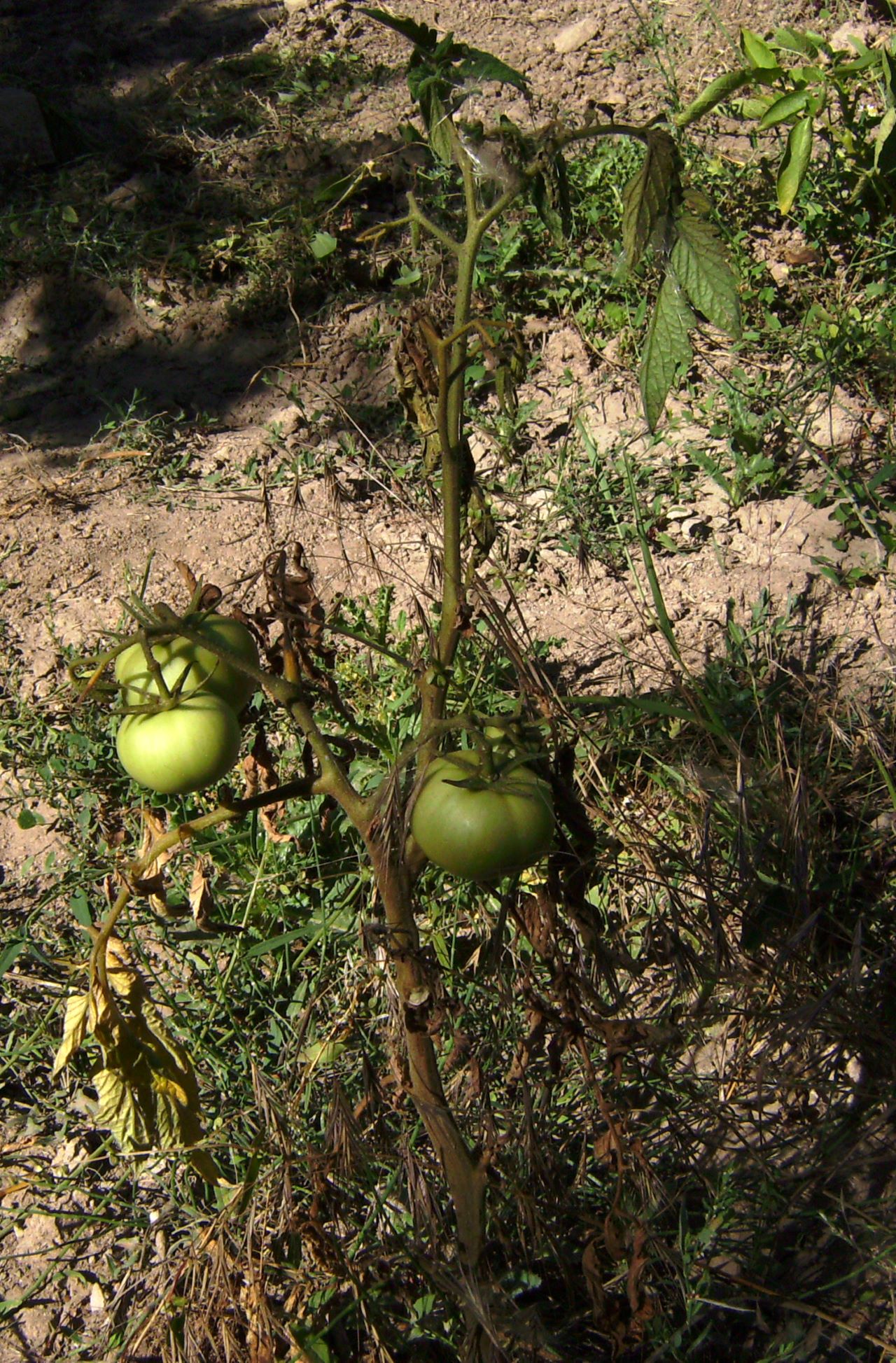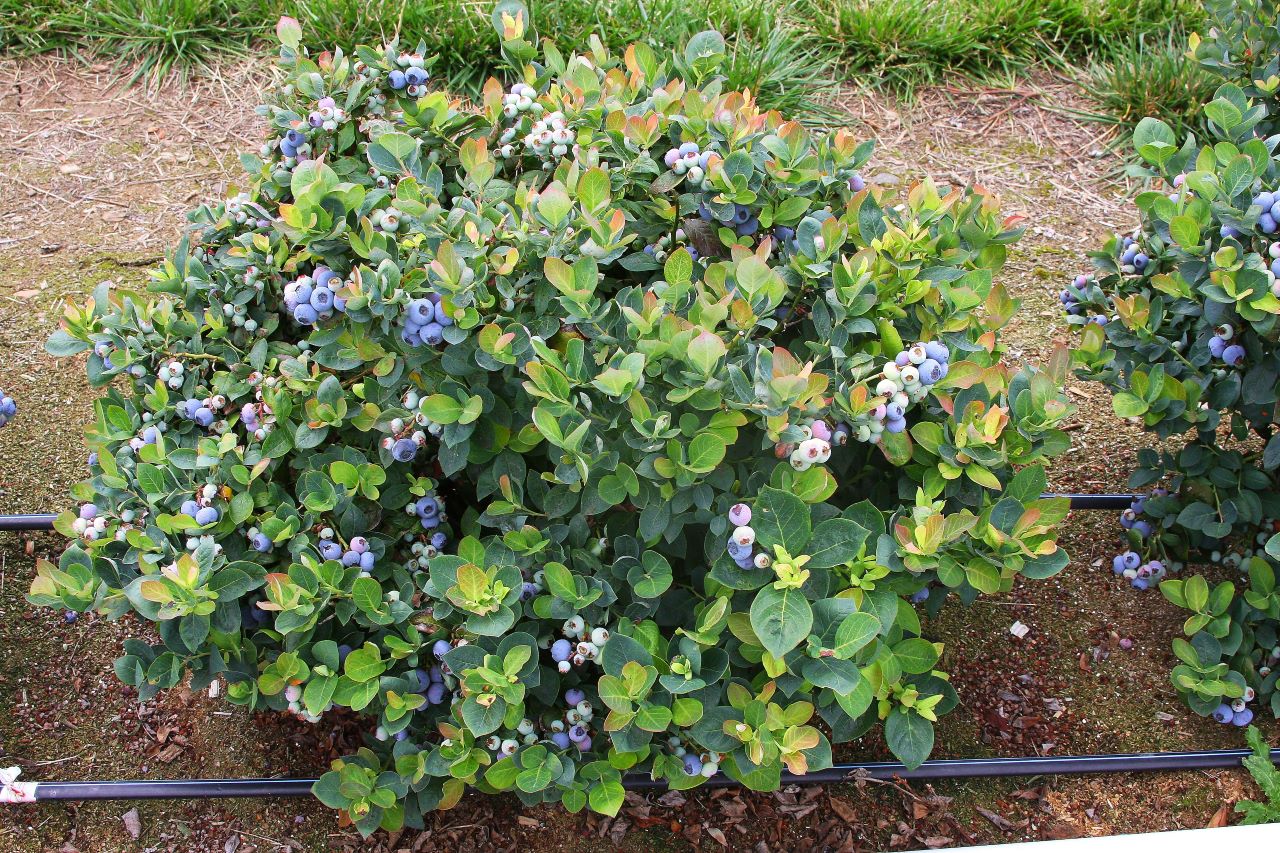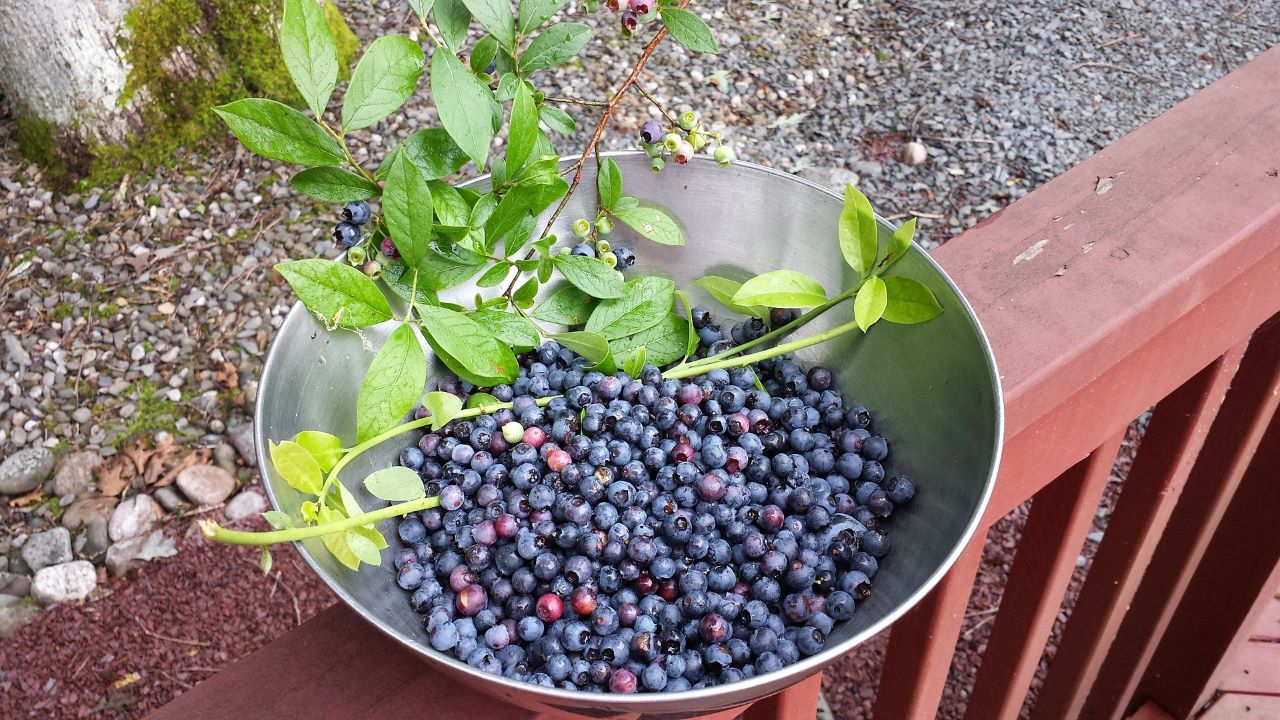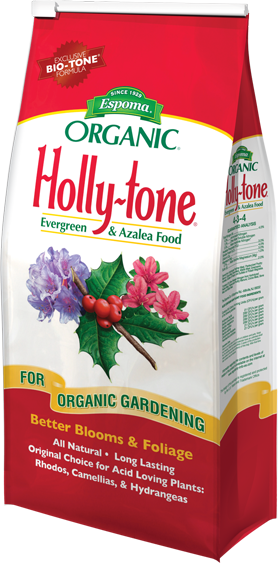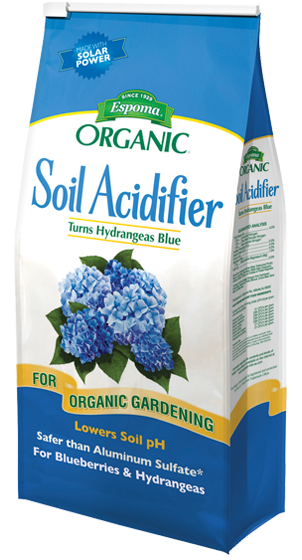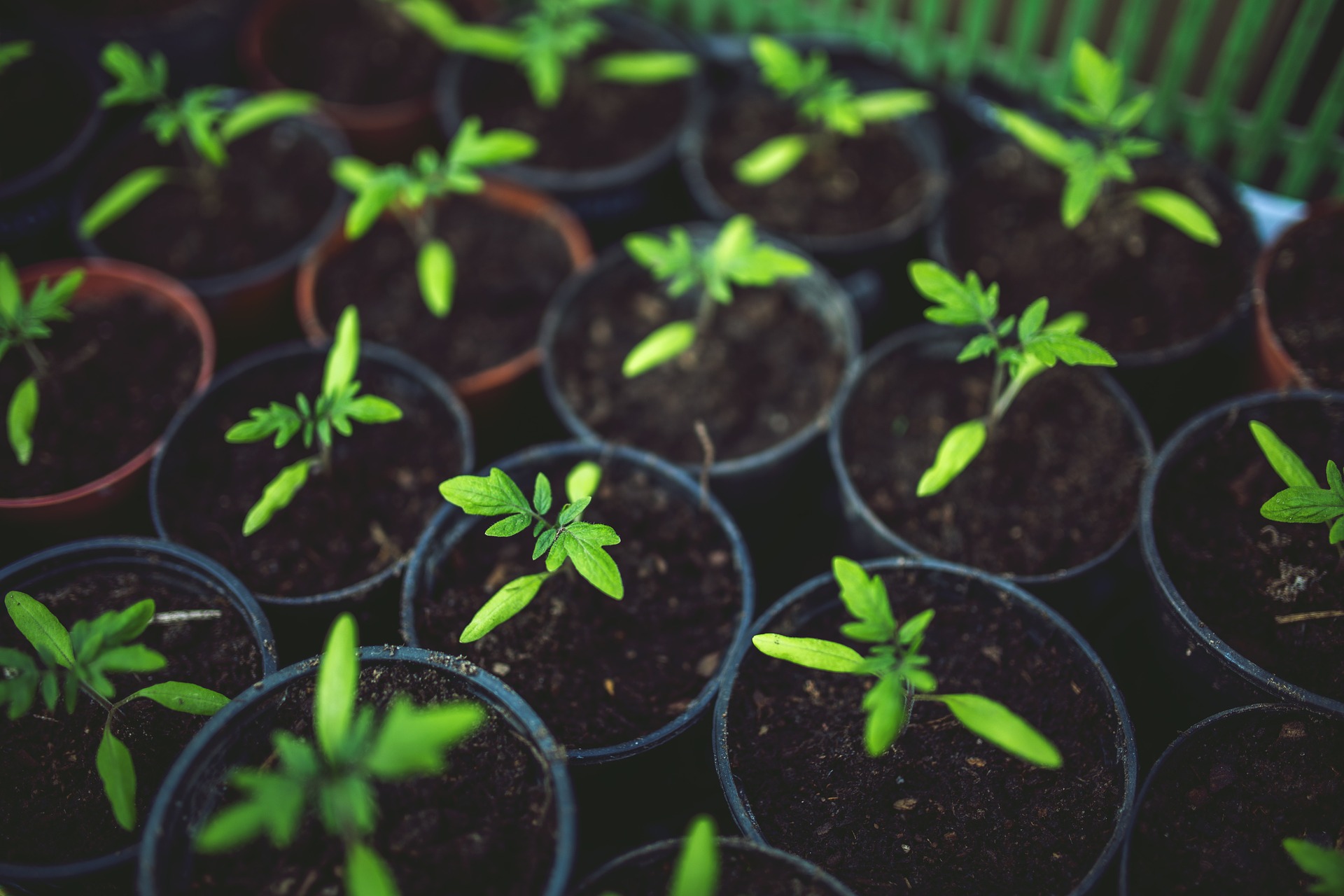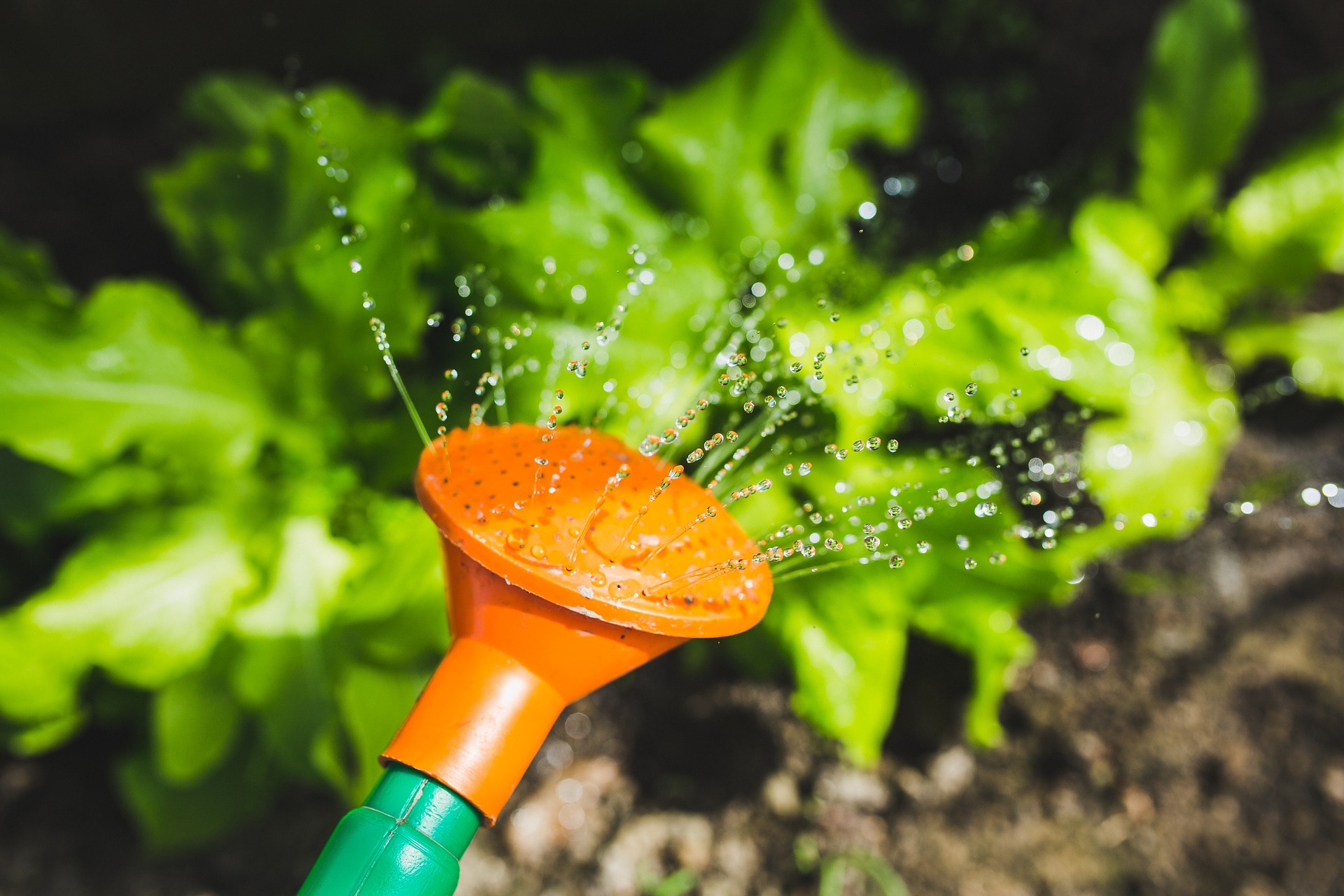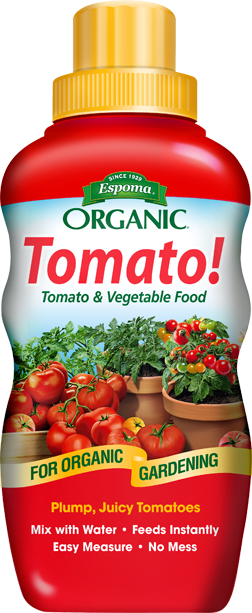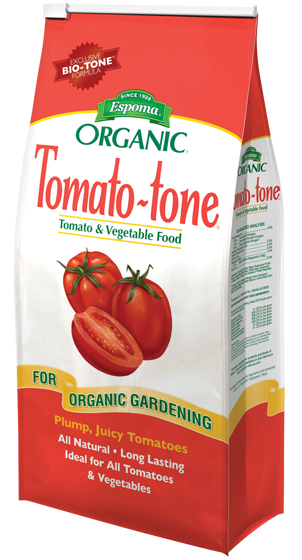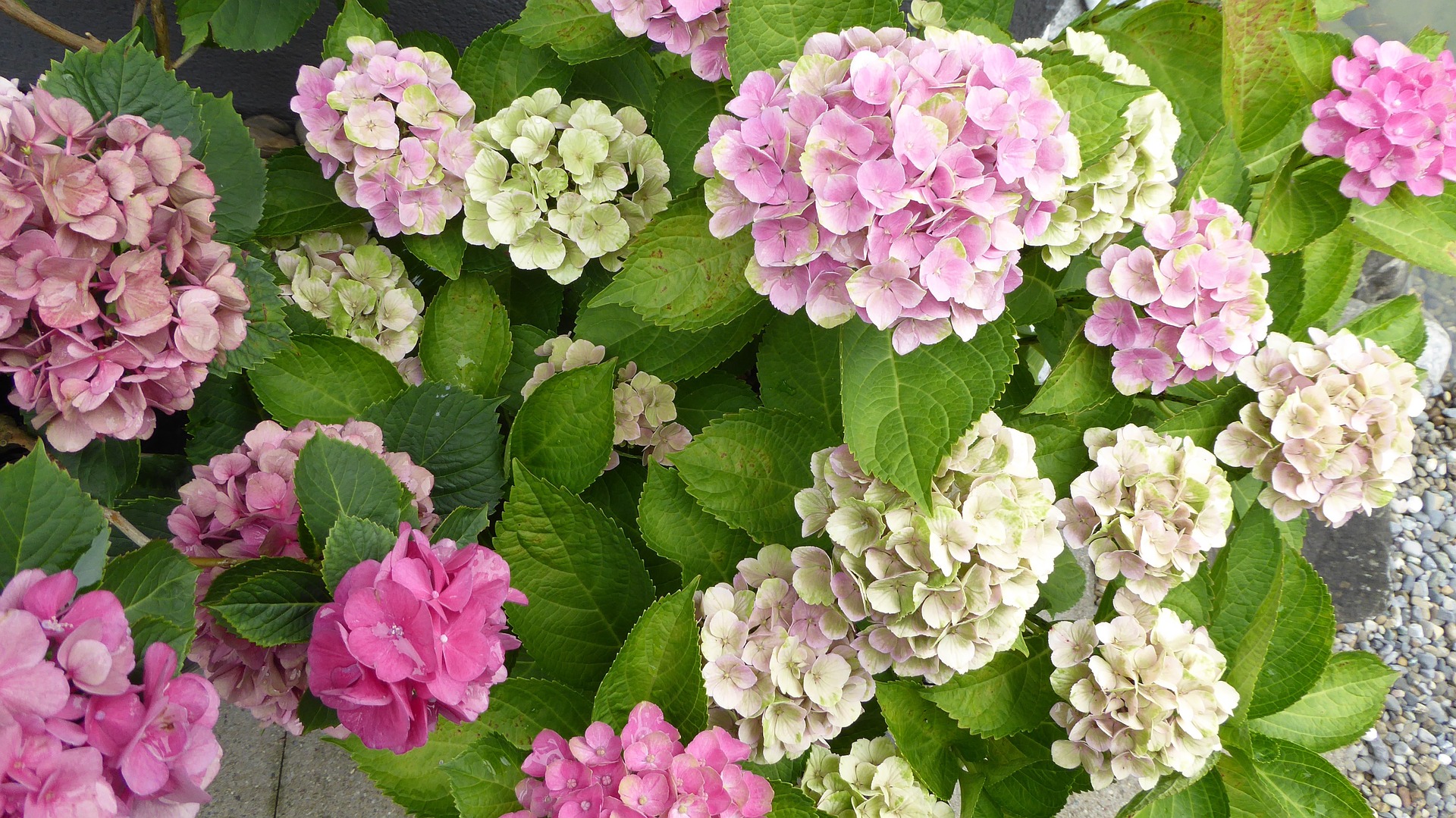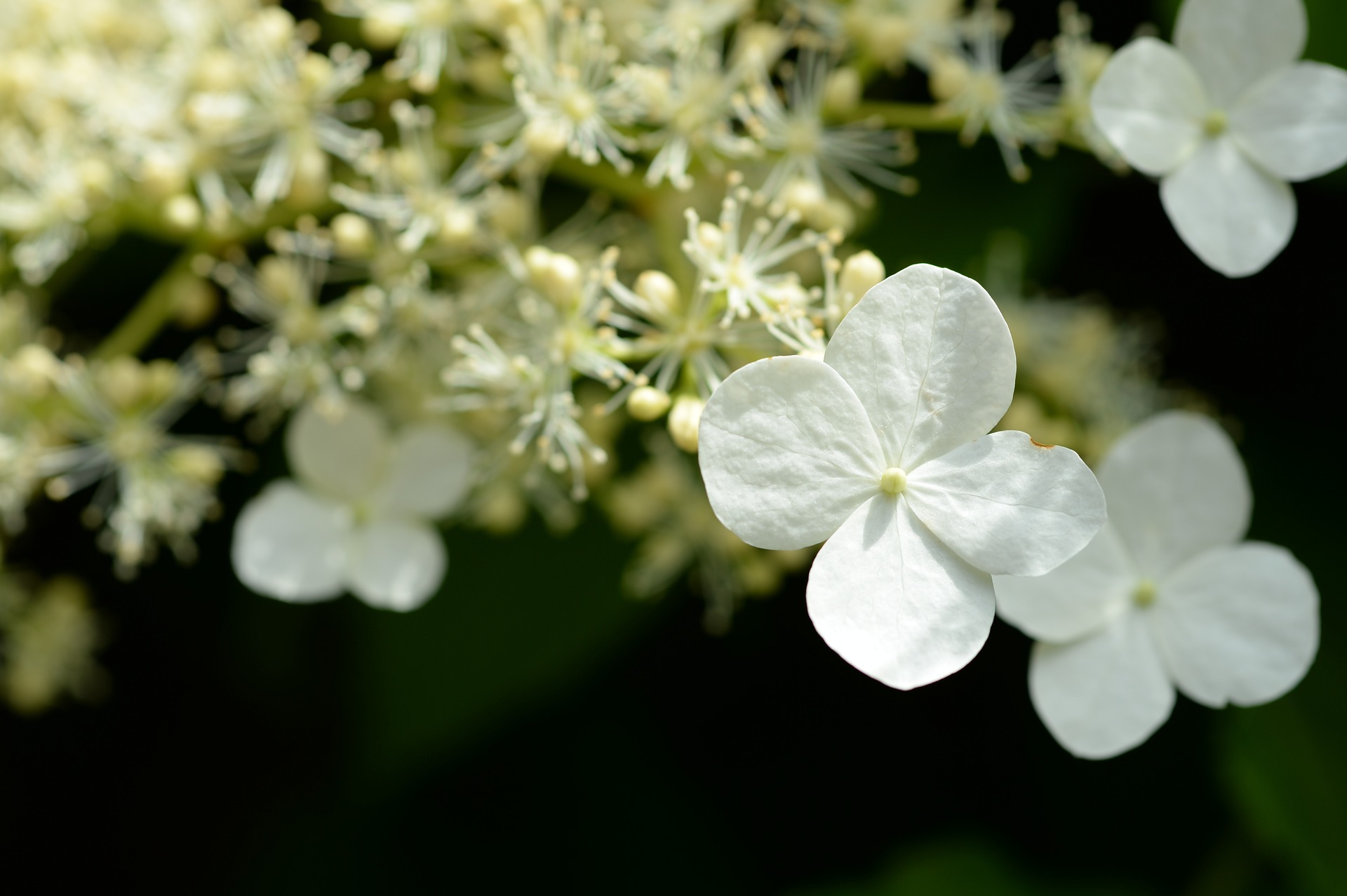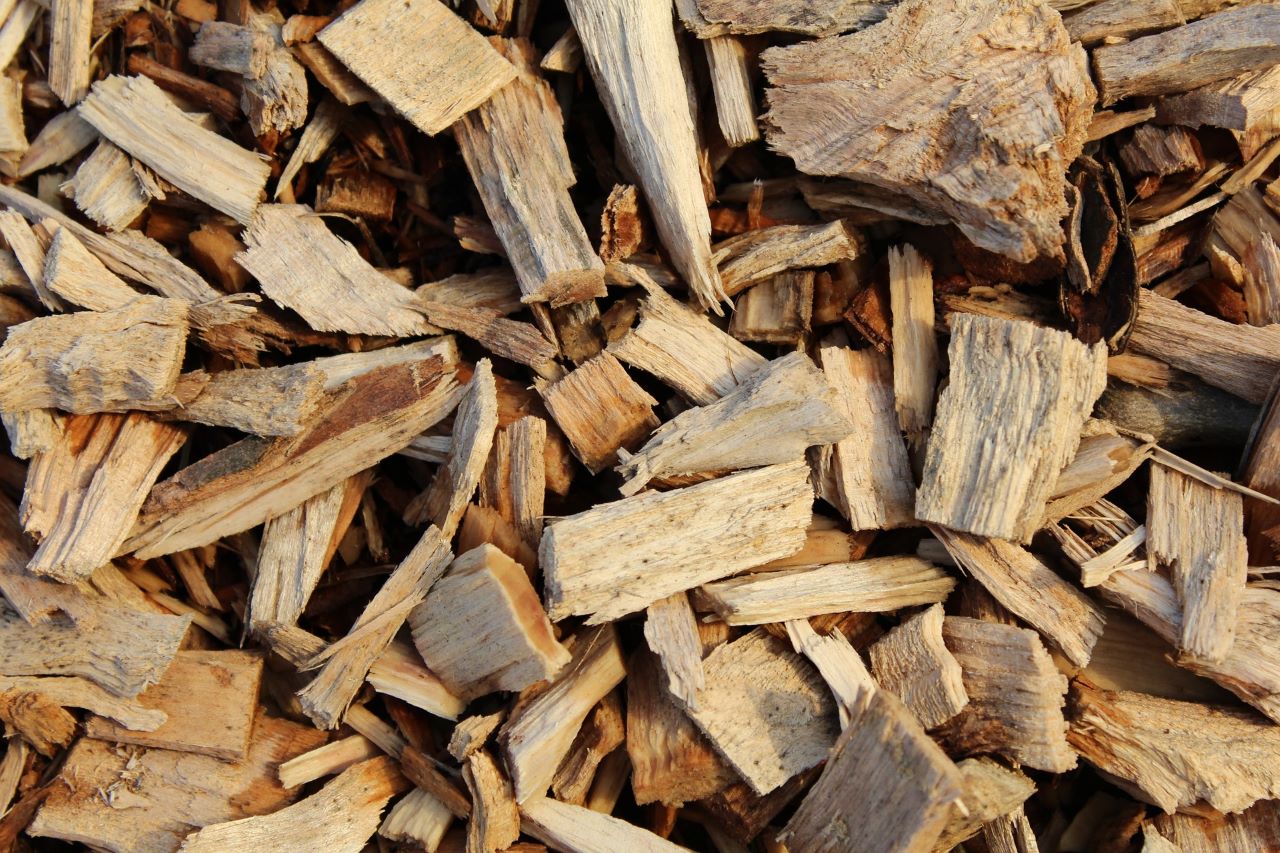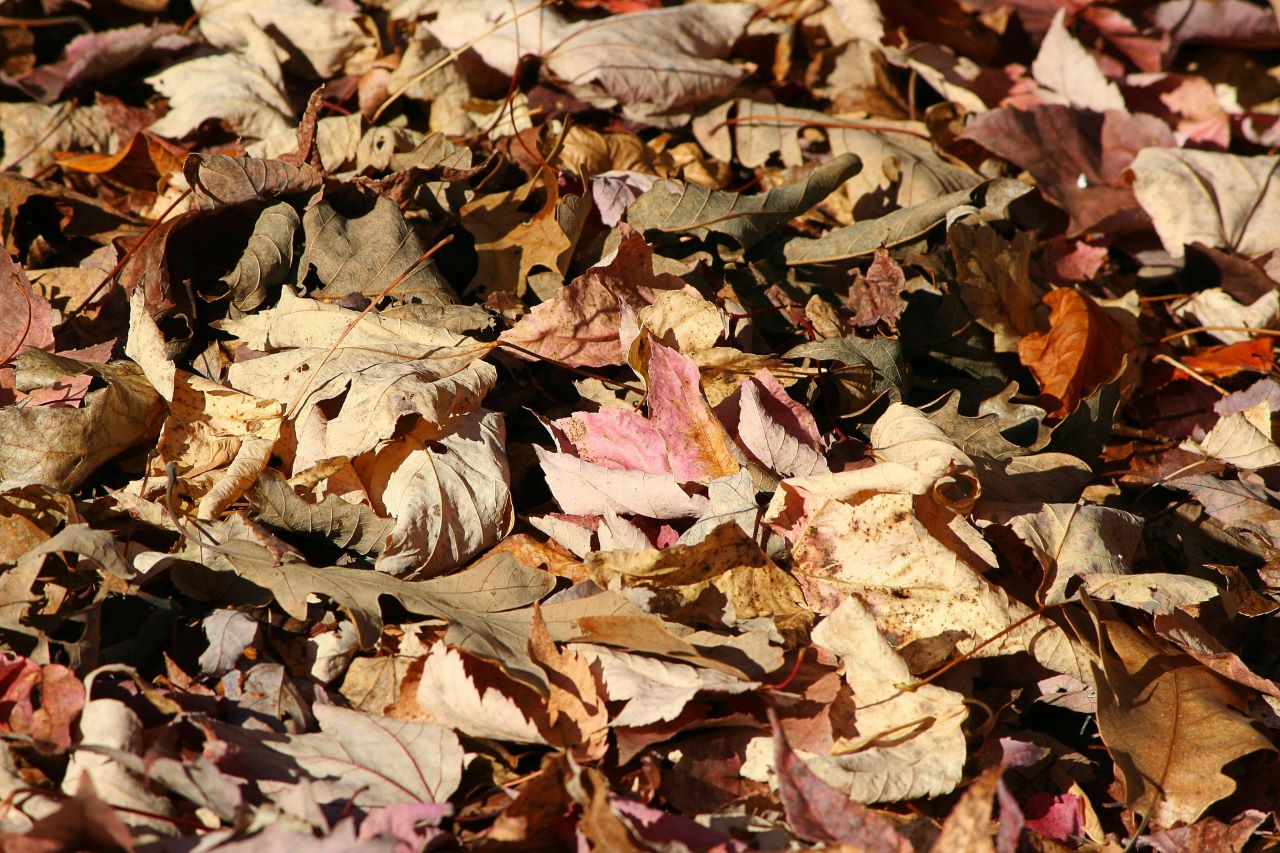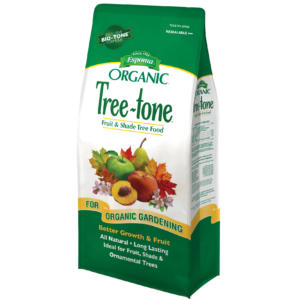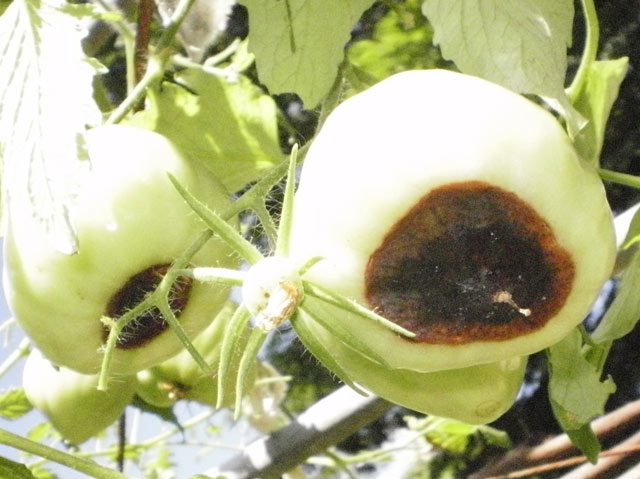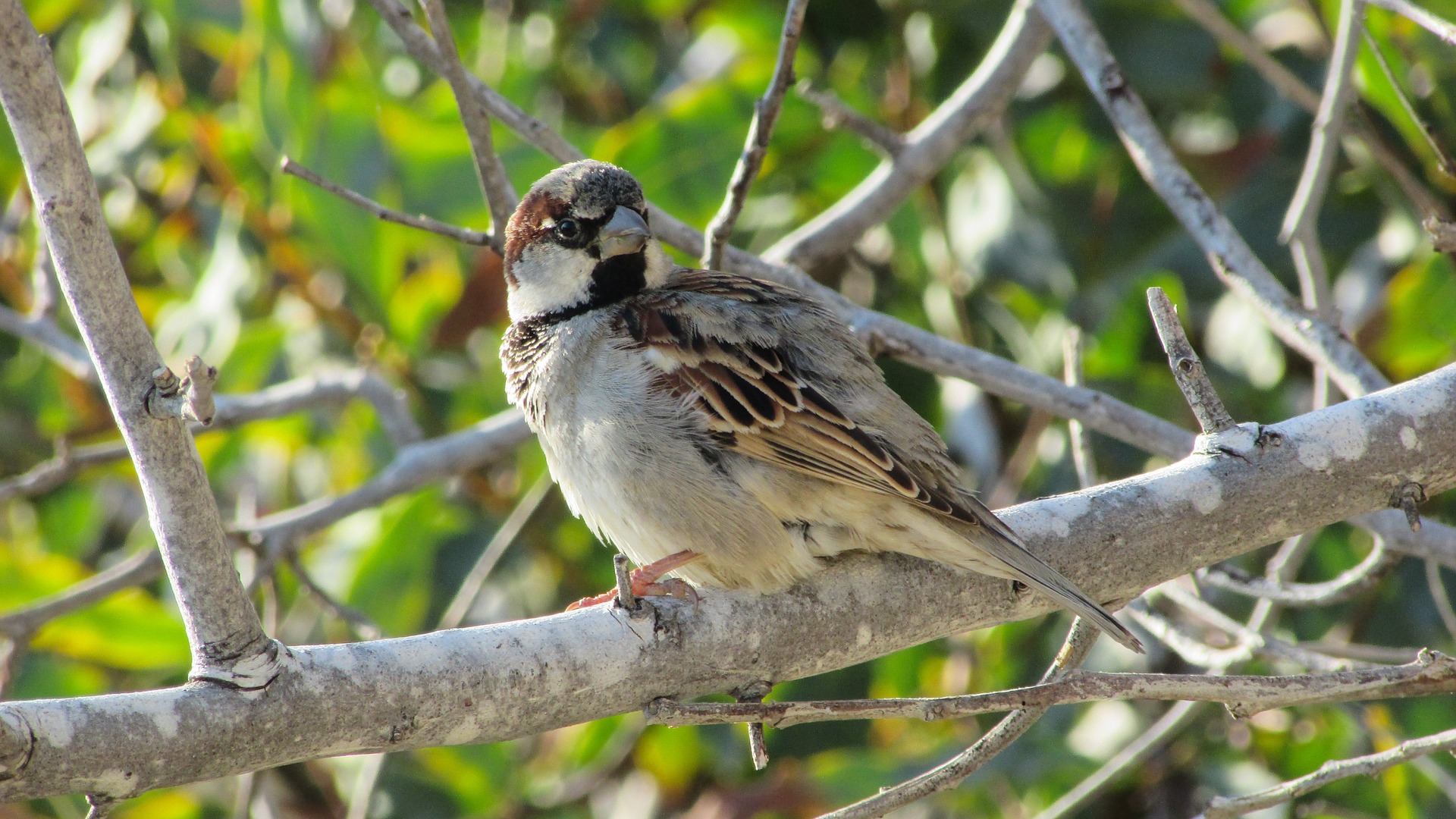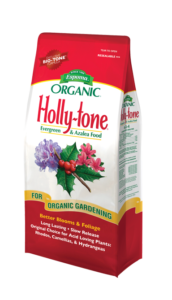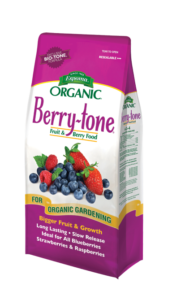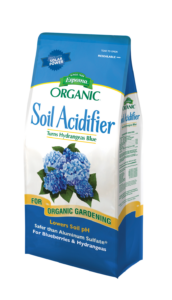Tomato Woes – How to Solve Common Tomato Diseases
No other flavor in the garden can compete with sun-ripened tomatoes! Just seeing their bright, shiny color emerge gets us giddy!
We want to make sure you get to experience the joy of your homegrown, golden delights this year.
So, if you spot a worrisome sign on your tomatoes, here’s how to identify and fix it – the organic, natural way!
Dr. Tom A. To: How to Identify and Fix Common Tomato Diseases and Problems
The Mark of Dark Spots. First, you’ll see tiny spots on tomatoes’ lower leaves, usually after the first fruit has set. From there, the spots grow larger and begin to look like a target. That’s early blight.
To fix, remove infected leaves as well as lower leaves. Water in the morning to prevent further spread of this fungus. Low nitrogen levels often cause early blight, so feed with Tomato-tone monthly.
Clemson University – USDA Cooperative Extension Slide Series, Bugwood.org
The Bruise Blues. If small, sunken spots or what looks like bruises appear on your ripe tomatoes, that’s anthracnose. This fungus emerges as the weather gets hot and humid – usually 80° or warmer.
So, harvest ripe tomatoes as soon as possible. These are safe to eat if you cut off the bruises. Then water tomatoes in the morning.
So Many Spots. If tiny, greyish-brown dots cover your tomato leaves, Septoria leaf spot is to blame. Soon, leaves will fall off. Though, a harvest will usually still happen.
To remedy, remove all infected leaves. Then apply a copper fungicide – if you’re organic gardening.
Brown Bottom. See circular brown spots on the bottom of your half-grown tomatoes? That’s blossom-end rot, which is usually caused by a lack of calcium in the soil. Blossom end rot should only happen to a few tomatoes early in the season, not the whole bunch.
To fix, use an organic tomato fertilizer with calcium.
Built to Wilt. Wilting, curling leaves could be bad news for your tomatoes. If paired with stunted grown or browning veins or blotches, your tomatoes have Fusarium or Verticillium wilts. These diseases are caused by a super vicious fungus in the soil.
And, there’s no cure for it. Remove and rid your garden of these tomatoes. Do not compost. Then, solarize the soil to kill the fungus. Otherwise, when you plant veggies in the same area, they, too, will get this disease for the next 4-6 years.
Next time, when you’re growing tomatoes, select disease-resistant varieties to avoid some of these common problems.
